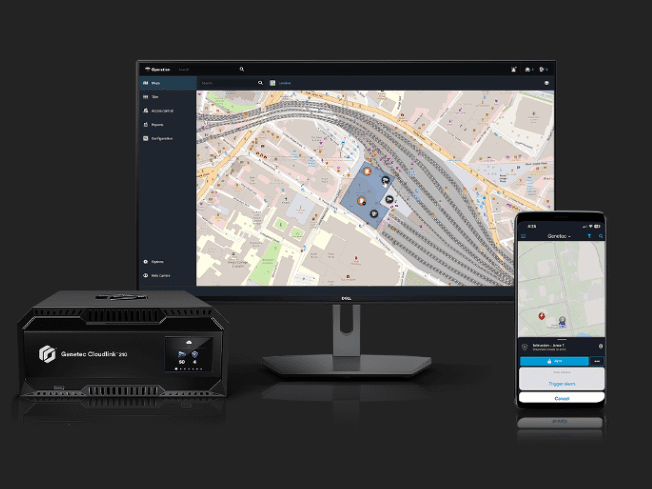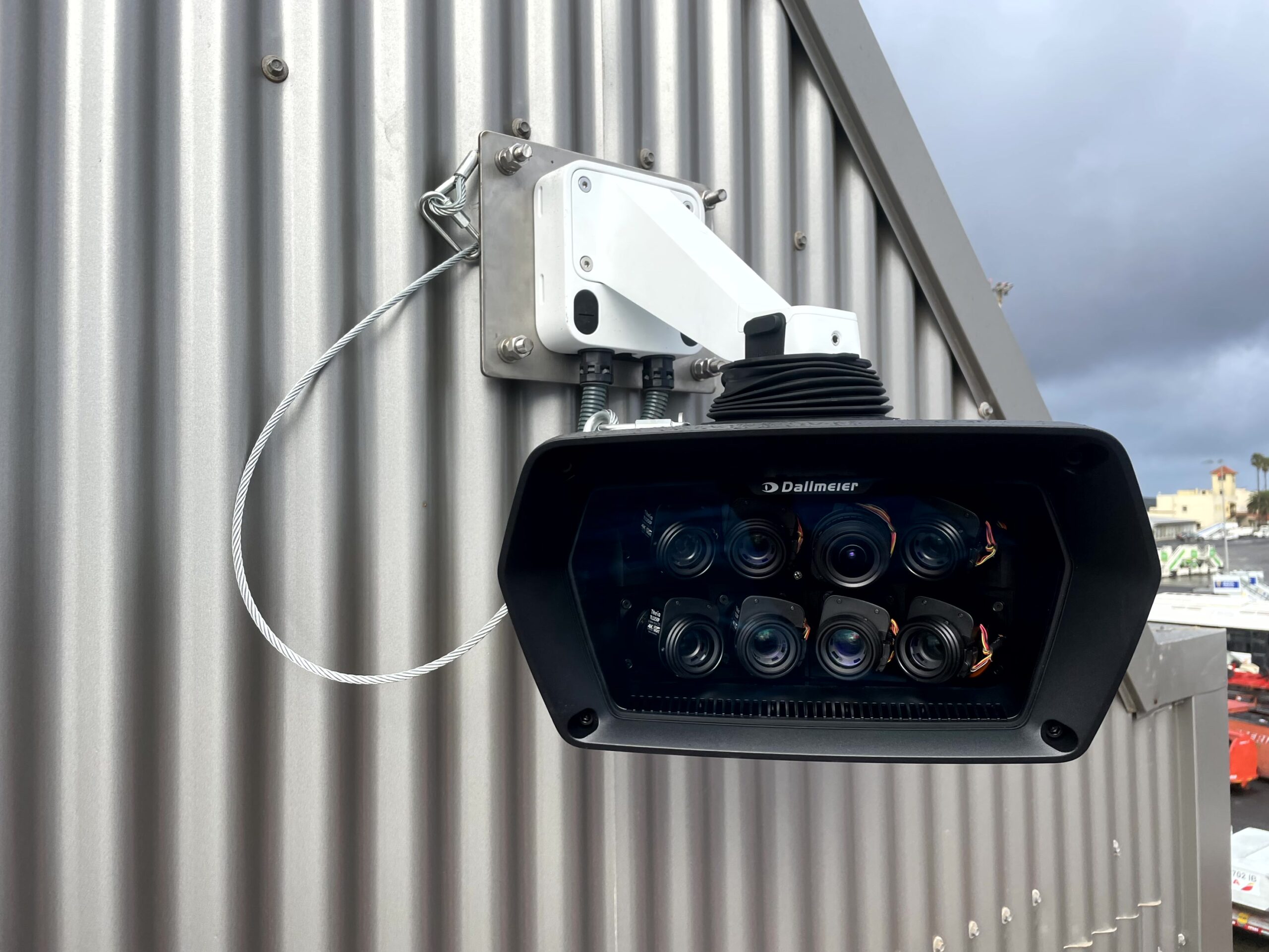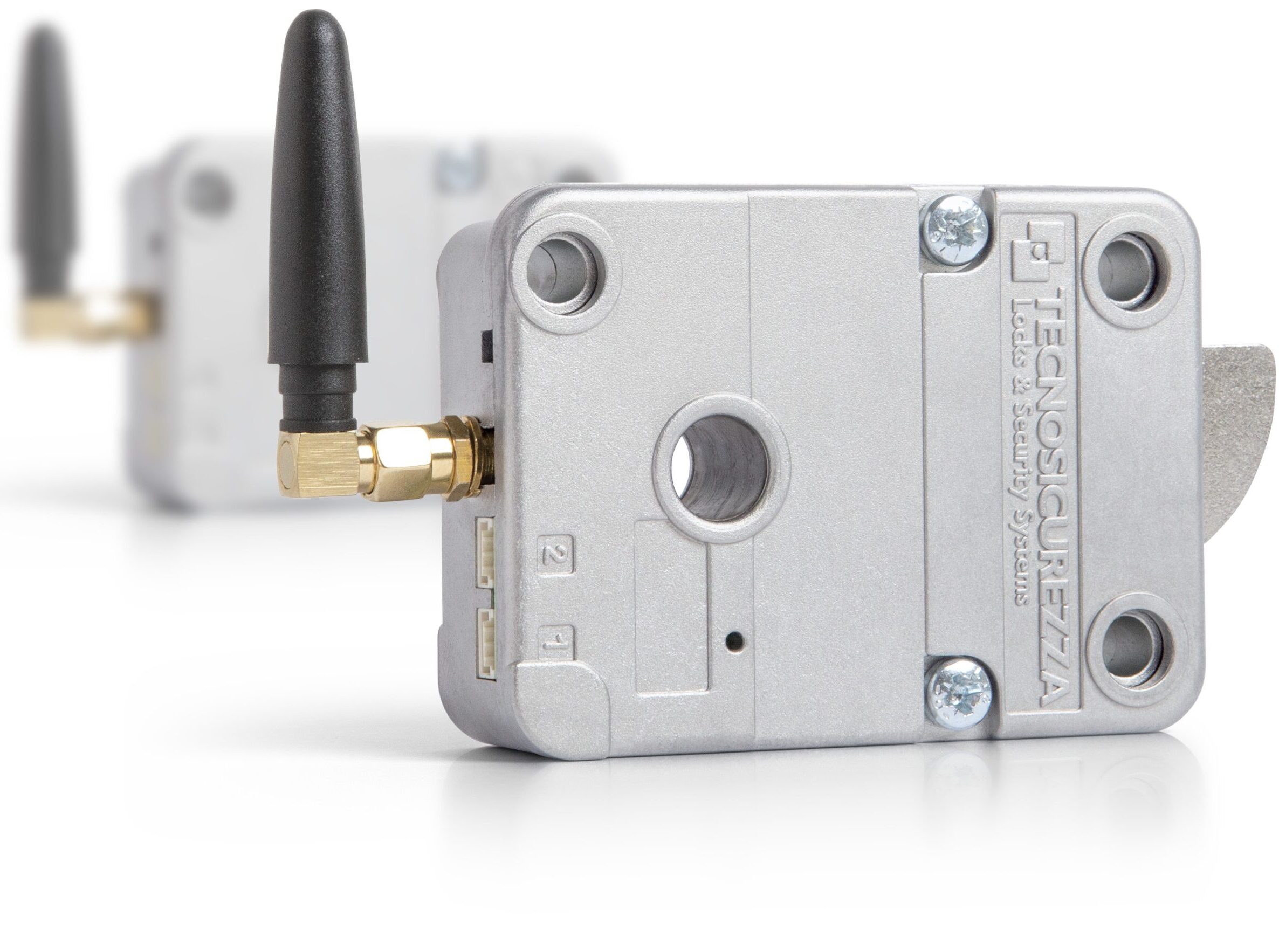What physical security measures can be best used to protect people and assets from crime, theft, fire, fraud and more in banking vaults
Banking establishments are a necessity for our society and something that we all rely on. Due to the valuable nature of the properties that they withhold, banks are extremely vulnerable to theft and other security breaches. However, as the world becomes more virtual, the risk of cybersecurity is a current main focus for many organisations, especially banking establishments. Due to the high cyber-risk, banks make large investments into protecting their IT networks from cyber attacks.
Because of this focus on cybersecurity, banks tend to overlook the physical risks in their establishments, like the risk of intruders, theft or the general threat to a bank’s vulnerable areas. One of the most vulnerable areas in banking establishments are bank vaults. Bank vaults are secure areas which store money, valuables and documents. They are intended to protect these items from theft, misuse and other threats. Due to the high quantity of valuable items inside of vaults, criminals are constantly coming up with new ideas on how to break into these safe spaces. Banks are especially vulnerable to theft and robbery. Banks always need to come up with different ways and methods to ensure that they maintain the highest levels of security.
Banks continue to demand security solutions to increase their customers’ trust and continue to fuel their reputations. Luckily, there are many effective security systems around that banks can utilise in their buildings such as video surveillance, biometrics, alarms and much more. Today, we look at some of the important physical measures that are used to protect vaults in banking establishments and banking facilities as a whole.
Bank vault materials
To ensure top-notch security, bank vaults rely on high-quality materials and mechanisms. There are various aspects that play a part in keeping a bank vault secure and stable, all are of high importance. These methods have changed and evolved throughout history. Arguably one of the most important factors of keeping a bank vault secure is the lock mechanism, this is key to keeping the vault contents safe.
Secure locking systems for vaults and safes have been something that’s been needed throughout all of history. For example, Ancient Romans used warded locks which had intricate notches and grooves that made picking them more difficult. Until the 19th century, banking establishments in America used to use small iron safes with a key lock. Key locks were still vulnerable through the keyhole and intruders would blast off the door by pouring explosives in this opening. Over time, manufacturers have adapted their solutions and ideas to make bank vaults more secure and effective, learning from their weaknesses and mistakes.
Modern bank vaults most commonly tend to use a dual control combination lock, this mechanism relies on two people to open it. These locks are usually connected to a timed lock. This mechanism was originally invented by James Sargent, an employee of Yale. Time locks prevent the combination lock from opening until a pre-set number of hours has passed, even if the combination code is correct. This innovative method adds a crucial layer of high-quality security to ensure that the bank vault is as secure as possible.
To read more exclusive features and latest news please see our March issue here.
Media contact
Rebecca Morpeth Spayne,
Editor, Security Portfolio
Tel: +44 (0) 1622 823 922
Email: [email protected]



























